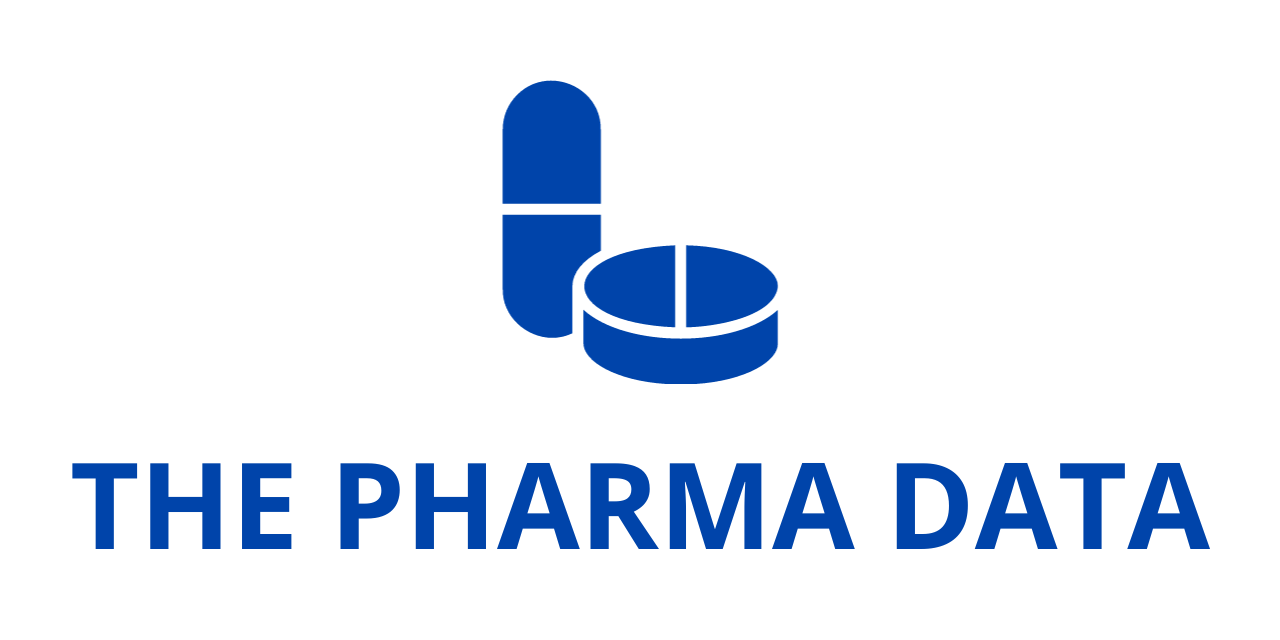
Sage Therapeutics Reports Q1 2025 Results and Pipeline Highlights
Sage Therapeutics, Inc., a biopharmaceutical company committed to advancing brain health, released its financial results and operational highlights for the first quarter ended March 31, 2025. The company’s update underscores significant growth in the commercial rollout of ZURZUVAE, its landmark treatment for postpartum depression (PPD), and ongoing strategic efforts to enhance long-term shareholder value.
ZURZUVAE Continues to Build Market Traction
At the core of Sage’s Q1 performance was the commercial advancement of ZURZUVAE, the first and only FDA-approved oral treatment specifically indicated for adult women suffering from postpartum depression. Approved in August 2023 and made available in the U.S. in December 2023, ZURZUVAE represents a significant step forward in women’s mental health. The drug’s oral formulation offers a more accessible and less invasive alternative to traditional intravenous treatments, addressing a substantial unmet need in maternal mental health care.
In the first three months of 2025, ZURZUVAE saw continued uptake across the country, driven by a growing prescriber base and enhanced commercial efforts. During the quarter, over 3,000 prescriptions were shipped to patients, reflecting a 22% increase from Q4 2024. This milestone was accompanied by collaboration revenue of $13.8 million, which represented a 21% sequential increase. Under the commercialization partnership with Biogen, Sage records 50% of the net revenue Biogen generates from sales to distributors.
OBGYNs remained the primary prescribers of ZURZUVAE, accounting for nearly 80% of prescriptions during the quarter. Importantly, Sage observed that prescribers were not only initiating therapy with ZURZUVAE but also increasing their prescription rates over time, a sign of growing clinical confidence and recognition of the drug’s value. Moreover, more than 70% of patients receiving ZURZUVAE were new to therapy, highlighting its position as a first-line option and reinforcing the unmet need it is addressing in the PPD treatment landscape.
“We delivered strong growth in revenue and shipments of ZURZUVAE during the first quarter of 2025 through the team’s disciplined execution and unwavering commitment to bringing ZURZUVAE to more women with postpartum depression,” said Barry Greene, Chief Executive Officer at Sage Therapeutics. “We remain focused on establishing ZURZUVAE as the standard of care and driving our business strategy forward to create value for shareholders.”
To support continued momentum, Sage has expanded its joint sales force with Biogen and launched targeted marketing initiatives. These include increased awareness campaigns about PPD, educational resources to improve screening and diagnosis, and outreach to healthcare providers. Sage anticipates that these investments will drive significant topline revenue growth throughout 2025.
Pipeline Development: Early Programs Progress with Strategic Focus
Beyond ZURZUVAE, Sage continues to progress its broader neuroscience portfolio with a focus on targeted opportunities in neurodevelopmental and seizure disorders.
One of the most promising assets in the early pipeline is SAGE-319, a novel extrasynaptic-preferring GABAA receptor positive allosteric modulator (PAM). This compound is being investigated for the treatment of behavioral symptoms associated with certain neurodevelopmental disorders, with the aim of addressing conditions where few effective therapies exist. SAGE-319 has a differentiated pharmacological profile compared to earlier GABAA receptor modulators and is currently being evaluated in a Phase 1 multiple ascending dose (MAD) study. Data from this trial are expected in late 2025, after which Sage will determine the appropriate development pathway based on safety, tolerability, and pharmacokinetic findings.

Sage is also advancing research within its NMDA receptor negative allosteric modulator (NAM) platform, particularly with two preclinical assets: SAGE-817 and SAGE-039. These compounds are designed for neurodevelopmental disorders, and the company continues to invest selectively in early-stage research to generate robust preclinical data packages.
The company’s investigational asset SAGE-324, previously under evaluation for essential tremor, is now being studied for potential use in seizures related to developmental and epileptic encephalopathies (DEEs). Sage expects to announce next steps in mid-2025, pending the outcome of internal analyses and strategic prioritization.
Strategic Review Ongoing: Exploring All Options to Maximize Shareholder Value
In parallel with its R&D and commercial activities, Sage’s Board of Directors is actively conducting a strategic alternatives review process aimed at enhancing shareholder value. This review, initially announced in 2024, encompasses a broad range of possibilities, including potential partnerships, asset sales, mergers, or other corporate transactions. While the process remains ongoing, Sage has emphasized that no specific timetable has been set and that updates will only be provided when deemed appropriate.
The exploration of strategic alternatives reflects Sage’s recognition of the evolving biopharma landscape and the need for companies to remain agile, particularly in a competitive central nervous system (CNS) drug development environment.
Financial Performance and Outlook
Sage reported a net loss of $62.2 million for the first quarter of 2025, which marks a substantial improvement compared to the net loss of $108.5 million in Q1 2024. The narrowing of losses is the result of cost-saving initiatives, an improved revenue base from ZURZUVAE, and reduced R&D spending following pipeline reprioritization efforts over the past two years.
Here is a breakdown of Sage’s Q1 2025 financial highlights:
- Cash Position: As of March 31, 2025, the company held $424 million in cash, cash equivalents, and marketable securities, compared to $504 million at the end of 2024. This decrease primarily reflects operational spending and investments in ZURZUVAE commercialization.
- Revenue: Collaboration revenue totaled $13.8 million, up from $6.2 million in the same quarter last year. This revenue is derived from Sage’s profit share with Biogen on ZURZUVAE sales. Notably, no revenue was recorded from ZULRESSO, which generated $1.7 million in Q1 2024 before being deprioritized.
- Cost of Revenues: These were $0.7 million in Q1 2025, solely related to ZURZUVAE, down from $1.3 million in Q1 2024, which had included ZULRESSO-related expenses.
- R&D Expenses: Research and development spending fell to $22.8 million (including $2.1 million in non-cash stock-based compensation), from $71.7 million in Q1 2024. The dramatic decrease reflects cost containment, the winding down of costly clinical trials, and a more focused pipeline strategy. Biogen’s R&D reimbursement under the collaboration agreement dropped to $0.2 million, down from $5.7 million last year due to reduced collaboration-related trial costs.
- SG&A Expenses: Selling, general, and administrative costs rose to $57.6 million, compared to $52.6 million a year earlier. The increase was primarily due to higher commercialization costs for ZURZUVAE and legal fees associated with the strategic alternatives review. Biogen’s SG&A reimbursement from Sage rose to $4.8 million, up from $2.3 million, reflecting increased commercial activity.
- Restructuring Expenses: These totaled $0.5 million related to organizational changes from the company’s October 2024 reorganization.
Financial Guidance: Operational Runway Extended to Mid-2027
Looking ahead, Sage reiterated that, based on its current operating plan, existing cash reserves, anticipated revenues, and collaboration funding (excluding potential milestone payments) are expected to sustain operations through mid-2027. This projection reflects Sage’s disciplined approach to spending, the expected ramp-up in ZURZUVAE revenue, and the continued pursuit of a lean, strategically focused operating model.
Although joint commercialization expenses for ZURZUVAE are expected to increase in 2025 as the drug gains traction in the market, overall operating expenses are projected to substantially decrease year-over-year due to the lower R&D spend and organizational streamlining.




